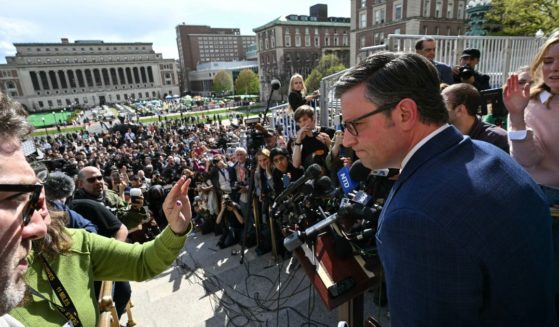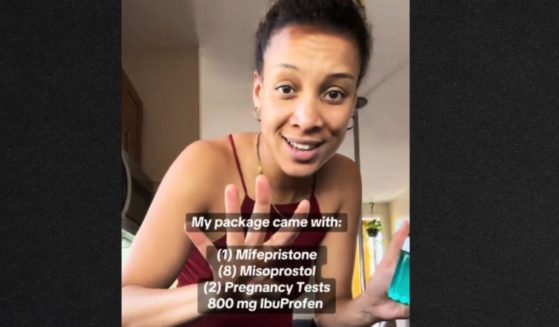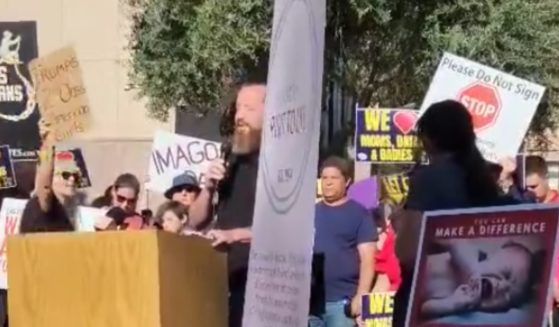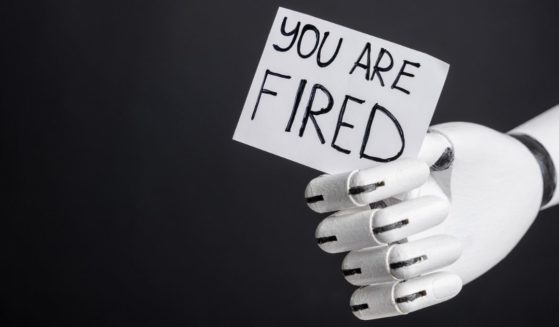How Roe v. Wade Failed Women and Their Families
With the U.S. Supreme Court set to consider a Mississippi abortion case that could challenge the 1973 Roe v. Wade opinion, it is time to analyze the impact that legalized abortion has had on women and children.
On May 17, the Court agreed to hear the Dobbs v. Jackson Women’s Health Organization case, a lawsuit that sought to limit abortions by redefining the fetal viability standard. At the center of the case is the 2018 Gestational Age Act, which banned abortions after 15 weeks of pregnancy, except in life-of-the-mother or poor prenatal diagnosis cases.
The Jackson Women’s Health Organization filed lawsuits in opposition to the law, deriding it as “unconstitutional.” Then, in 2018 and 2020, two lower courts in Mississippi blocked it, saying it conflicted with Roe, which defined 22 weeks as the standard for fetal viability.
Mississippi Attorney General Lynn Fitch, however, asked the Supreme Court to hear the case last June, arguing that Roe’s viability standard does not adequately protect women and children.
Now that the Court has agreed to hear oral arguments this fall, with a ruling expected next summer, the Court will have to consider whether states can enact pre-viability abortion bans — a decision that could redefine or undermine Roe.
Even if the ruling does not ultimately overturn Roe, the pro-life movement will continue its goal of rescuing innocent unborn humans and drawing attention to the consequences that legalized abortion has wrought.
Social Impact
Pro-life leaders like Lila Rose — founder of Live Action and author of “Fighting for Life” — have been sounding the alarm about Roe’s dire consequences for years. Through education and media outreach efforts, Rose’s organization spreads awareness about how the 1973 Supreme Court decision left women and children vulnerable to an exploitative abortion industry.
“Roe v. Wade changed the entire social fabric of our nation, pitting women against children,” Rose wrote in a May 21 statement to The Western Journal.
“Roe annihilated compassion, broke families, destroyed lives, empowered corrupt employers and abusive partners, and left women on their backs allowing their children to be killed, all under a false God of ‘liberal progress.'”
The pro-life advocate also noted that Norma McCorvey, the “Jane Roe” at the center of the case, never even had an abortion, choosing adoption for her child instead. While controversy exists about whether McCorvey was pro-life, she seemed genuinely committed to overturning the case that bore her name, and has since resulted in the deaths of over 60 million unborn children.
“We must resurrect what Roe killed, our legal system, for the sake of future generations of our children and for the sake of our shared humanity,” Rose added.
An Ineffective Remedy
When attorney Sarah Weddington argued for abortion before the Supreme Court in 1973, she acknowledged the societal injustices pregnant women faced. The attorney rightly exposed how women who are poor or in pursuit of career-related advancement were often subjected to hardships and discrimination.
“In the matter of employment, she often is forced to quit at an early point in her pregnancy. She has no provision for maternity leave,” Weddington said.
“She has — she cannot get unemployment compensation under our laws, because the laws hold that she is not eligible for employment, being pregnant, and therefore is eligible for no unemployment compensation.”
Weddington noted how the same pregnancy discrimination was also present in academia, claiming that many institutions force women to drop out if they become pregnant. Similar to working women’s struggles, however, the attorney offered no remedy for this injustice aside from abortion.
Addressing the plight of poor pregnant women, Weddington said such a woman “can get no welfare to help her at a time when she has no unemployment compensation, and she’s not eligible for any help in getting a job to provide for herself.”
But once again, the attorney’s only solution was to claim that women need “relief” from pregnancy. While Weddington may have thought she was standing up for women, she turned women and their children into the problem instead of helping them.
According to a 2019 report from the pro-choice Guttmacher Institute, 75 percent of women who had abortions in 2014 were living below or at the federal poverty level. Another 59 percent of women who obtained abortions that same year had given birth at least once before.
Abortion does not lift women out of poverty, nor does it resolve fears about giving birth to additional children. Instead, as these numbers suggest, abortion merely masks pregnant women’s struggles and takes undeserved credit for supposedly offering relief to their present grievances.
Portraying abortion as a remedy to societal or personal challenges undermines women, as it encourages them to relate their achievements and sense of worth with abortion. In addition, labeling abortion this way dehumanizes an entire group of human beings by treating them as disposable.
If society wishes to empower women and children with the dignity they deserve, then it can no longer look to Roe as a workable solution to challenging pregnancies.
It is time to acknowledge the ruling’s many flaws and work to build a society that consistently respects all human beings.
Truth and Accuracy
We are committed to truth and accuracy in all of our journalism. Read our editorial standards.












